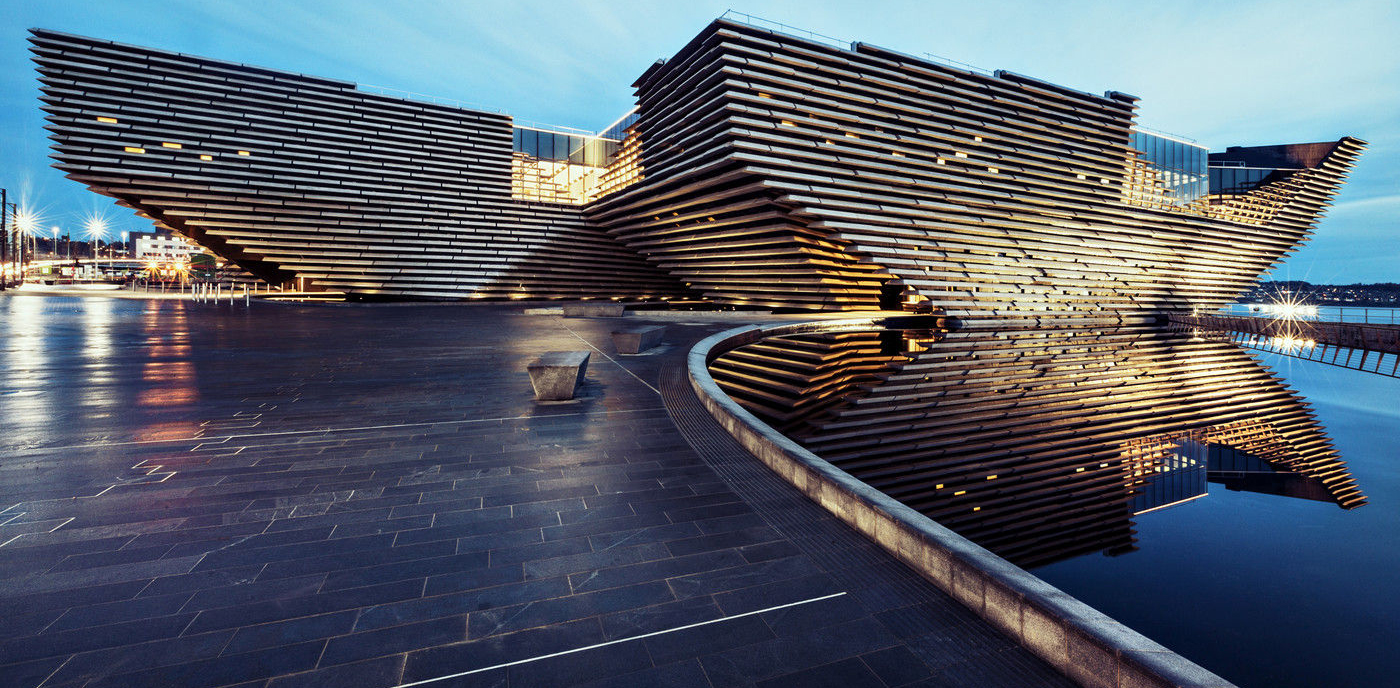Truly great architecture works to serve and adapt to the needs of its users. However, when architects fail to gain proper familiarization with the context in which they are designing, these can be challenging ends to carry out. By paying special attention to the raw materials and craftsmanship skills that are in local abundance, the following projects not only serve their users, but celebrate them.
Each of the phenomenal projects included in this collection received a winning title in this year’s 2018 A+Awards season, which has officially concluded with its winners’ announcement. Along with hundreds of other winning projects, these brilliant designs will be published by Phaidon in a full color, hardbound book called Architizer: The World’s Best Architecture, now available for preorder. As you reserve your copy today, build anticipation and wonder with these five majestic examples of vernacular architecture.
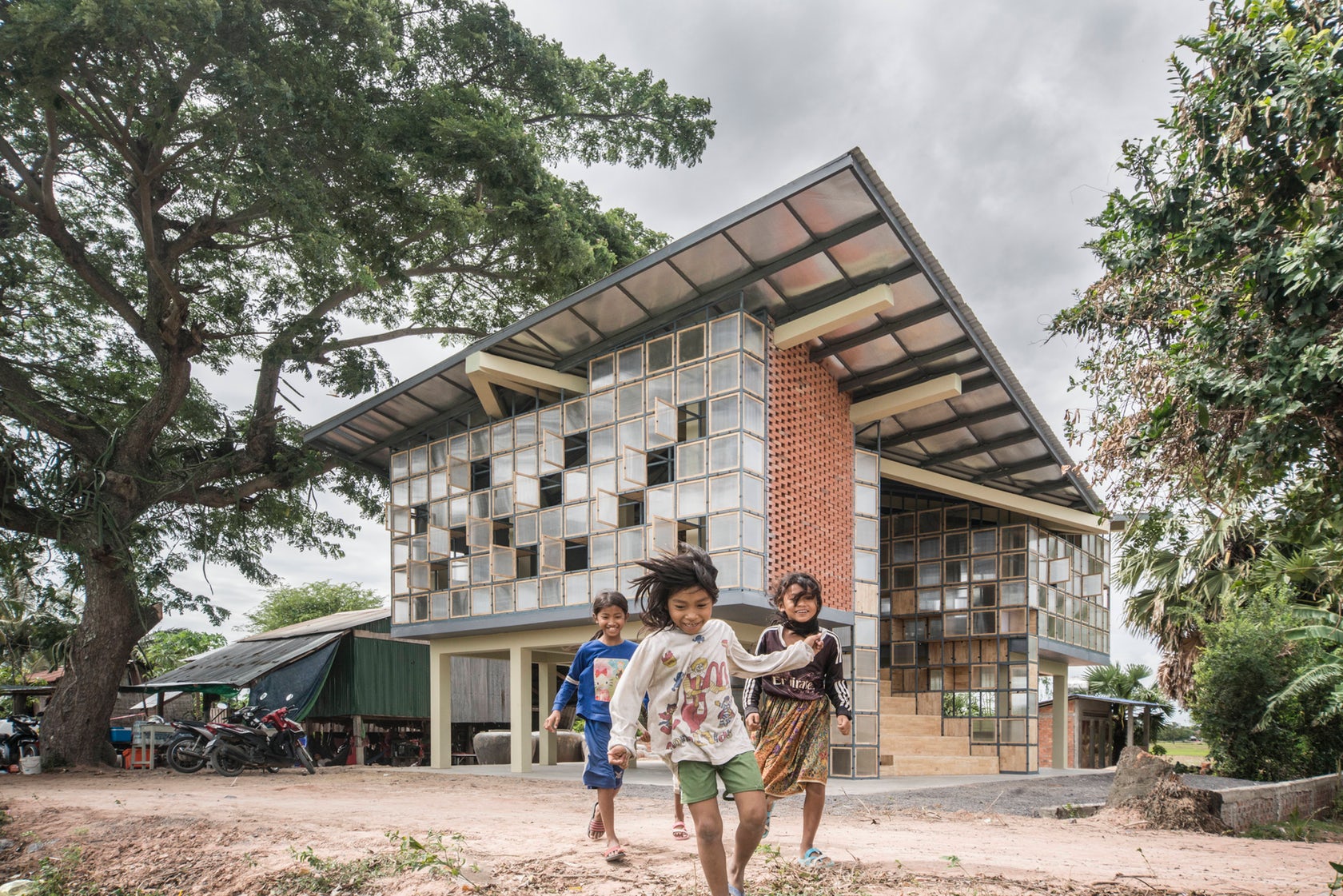
Jury and Popular Choice winner in the Concepts – Plus – Architecture + Learning category.
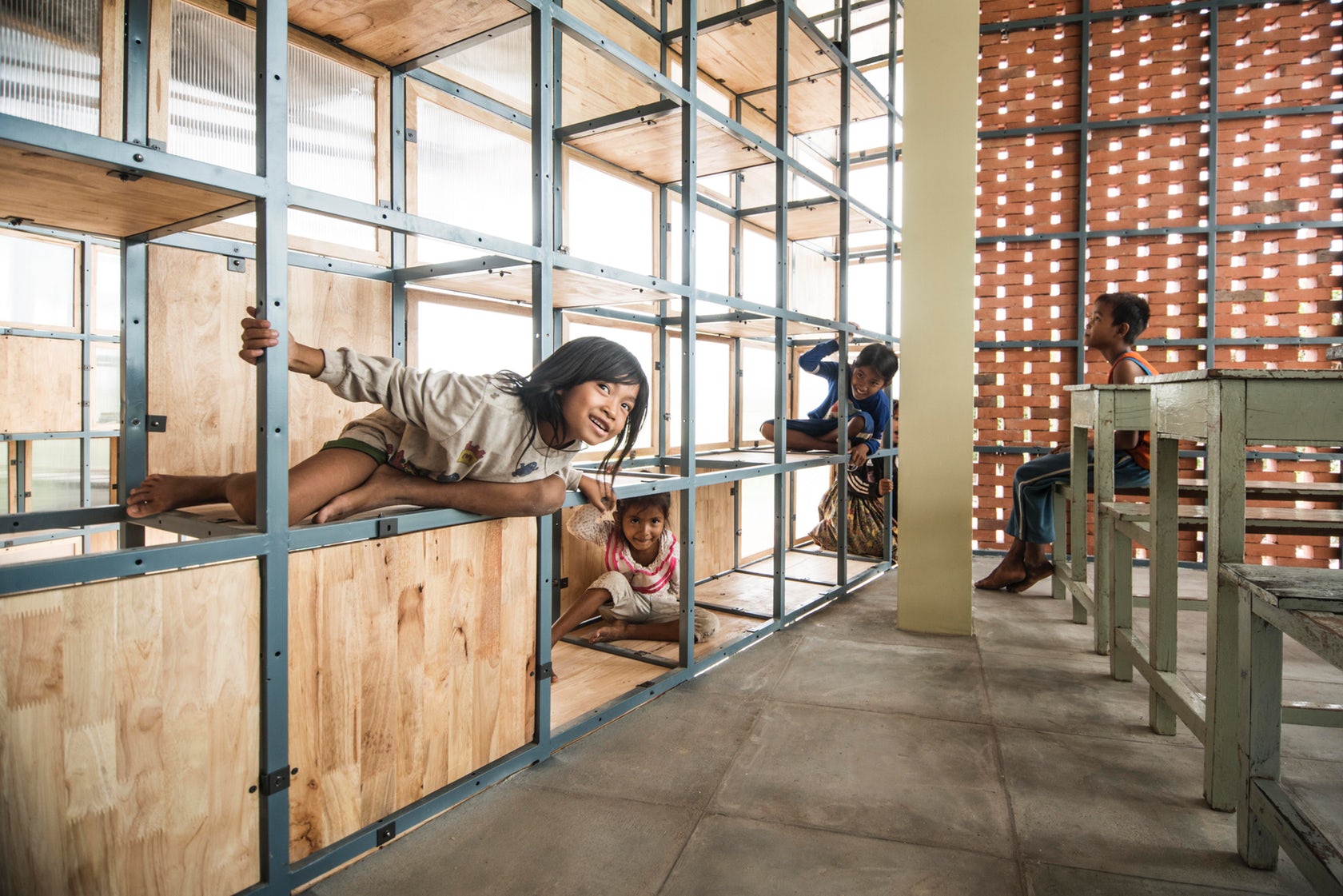 Adventurous Global School by Orient Occident Atelier OOA, Krong Battambang, Cambodia
Adventurous Global School by Orient Occident Atelier OOA, Krong Battambang, Cambodia
At the Adventurous Global School, OOA sought to transform the architectural process into a learning kit for children. The iron details and local wood plates not only allow for storage, but also reconfiguration, vertical circulation and active engagement with the design. A risen concrete structures helps mitigate flooding issues, while also providing a traditional Cambodian ground floor with open space. Finally, local bricks and timber were used to celebrate common building materials in the area and empower locals with relevant building skills.

Popular Choice winner in the Sport & Recreation – Recreation Centers category.
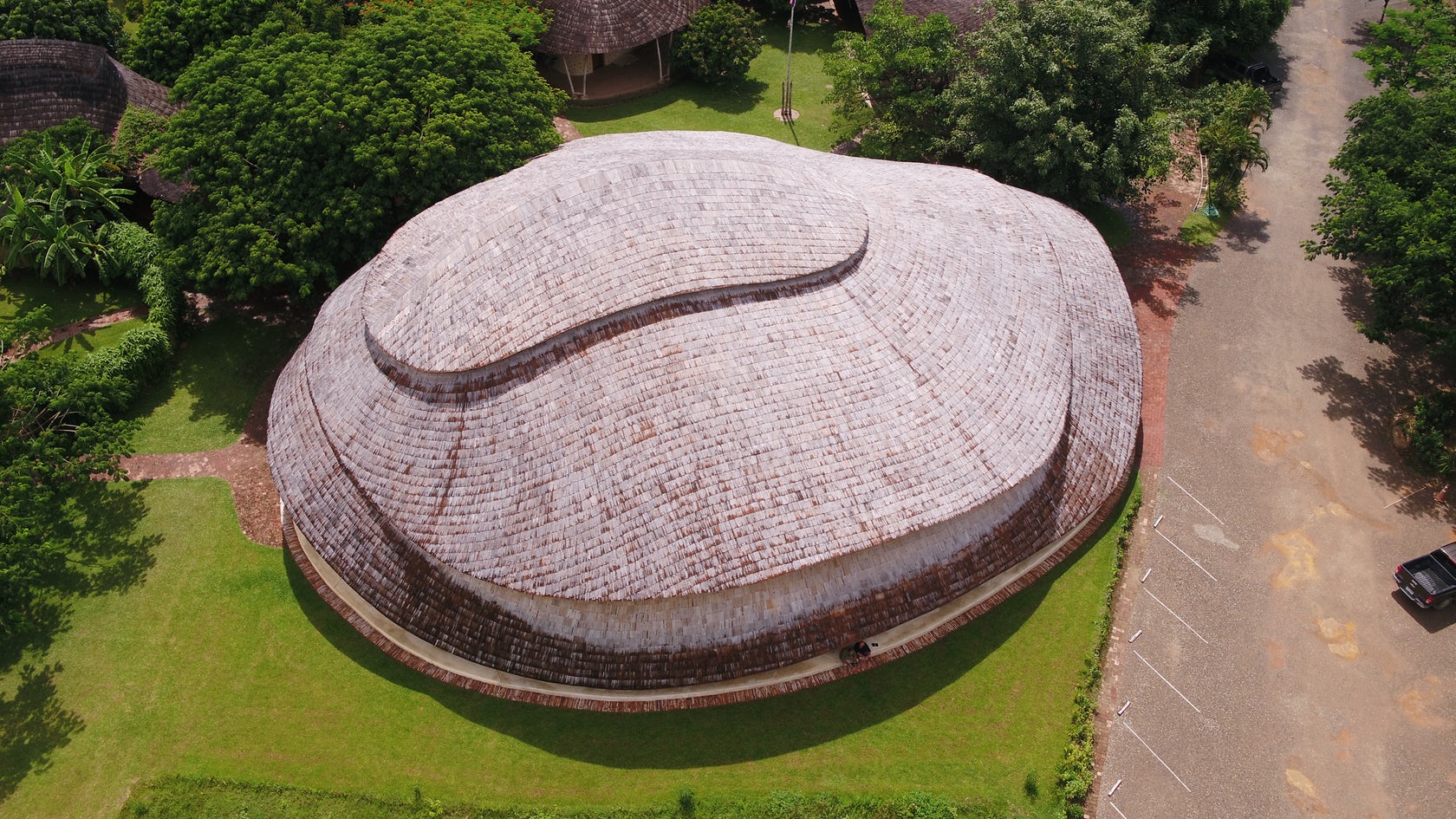 Bamboo Sports Hall at Panyaden International School by Chiangmai Life Architects, Chiang Mai, Thailand
Bamboo Sports Hall at Panyaden International School by Chiangmai Life Architects, Chiang Mai, Thailand
For this project, Chiangmai Life Architects combined the organic shapes of a lotus flower, state-of-the-art engineering and natural bamboo to create the mesmerizing Bamboo Sports Hall at Panyaden International School.
The exposed bamboo structure, which blends into the existing vernacular of the site, is not only a stunning feat of engineering, but also enables a pleasant climate all year round through natural ventilation and insulation. The structural design is based on newly developed prefabricated bamboo trusses that reach a span of 17 meters without steel reinforcements or connections. Lastly, with an expected life span of at least 50 years, the bamboo was selected for its age and treated with borax salt, without the use of any toxic chemicals.
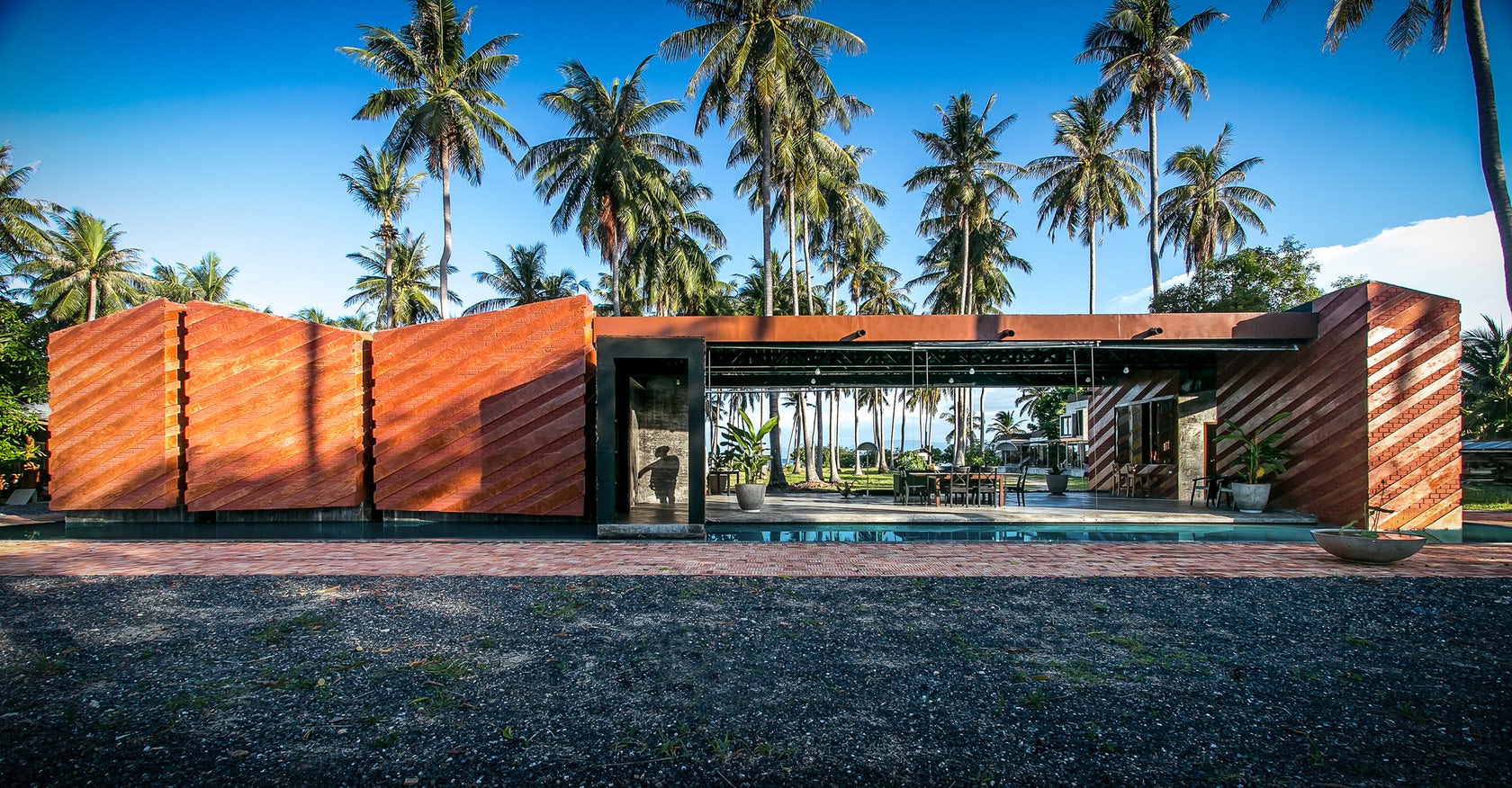
Popular Choice winner in the Concepts – Plus – Architecture + Sustainability category.
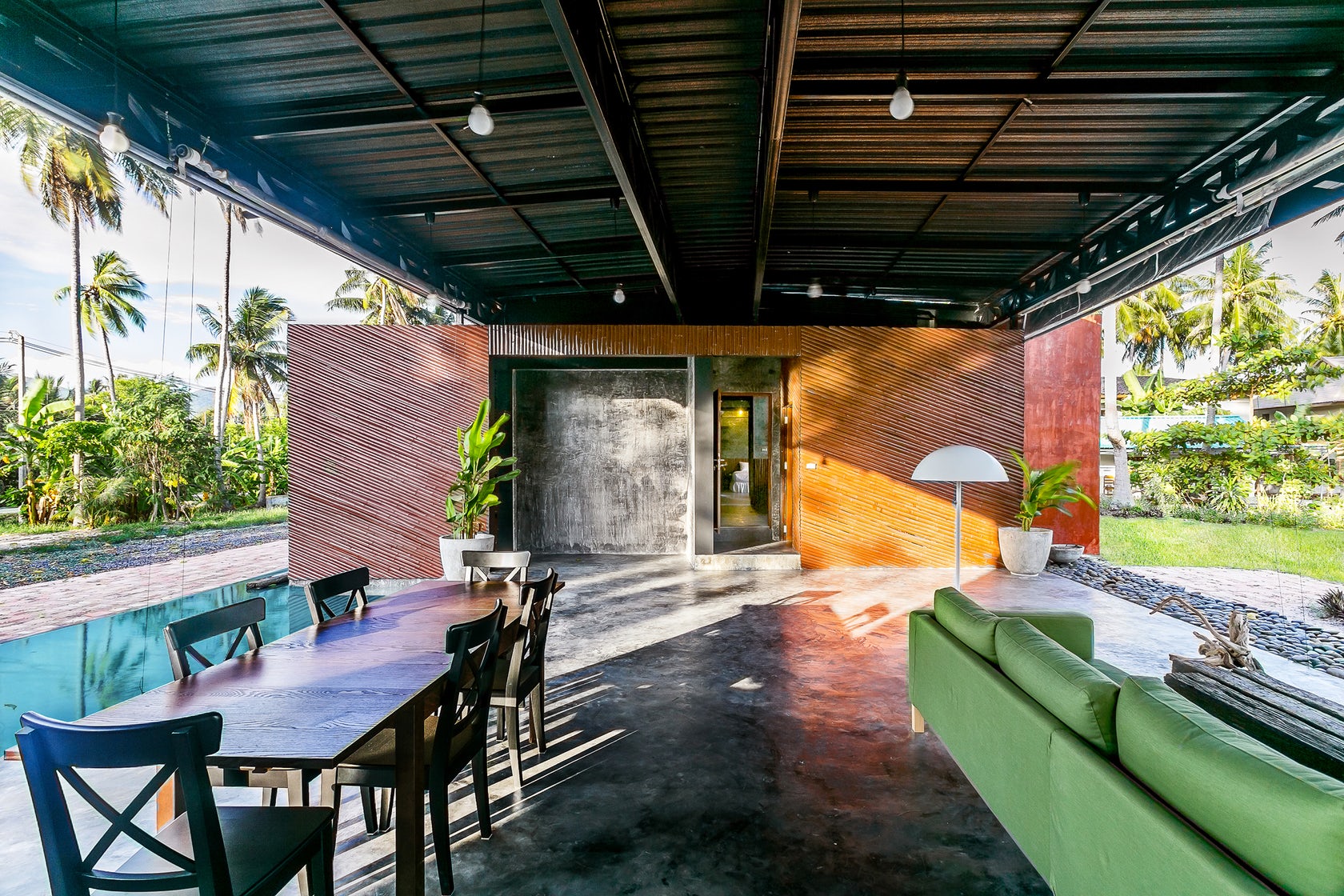
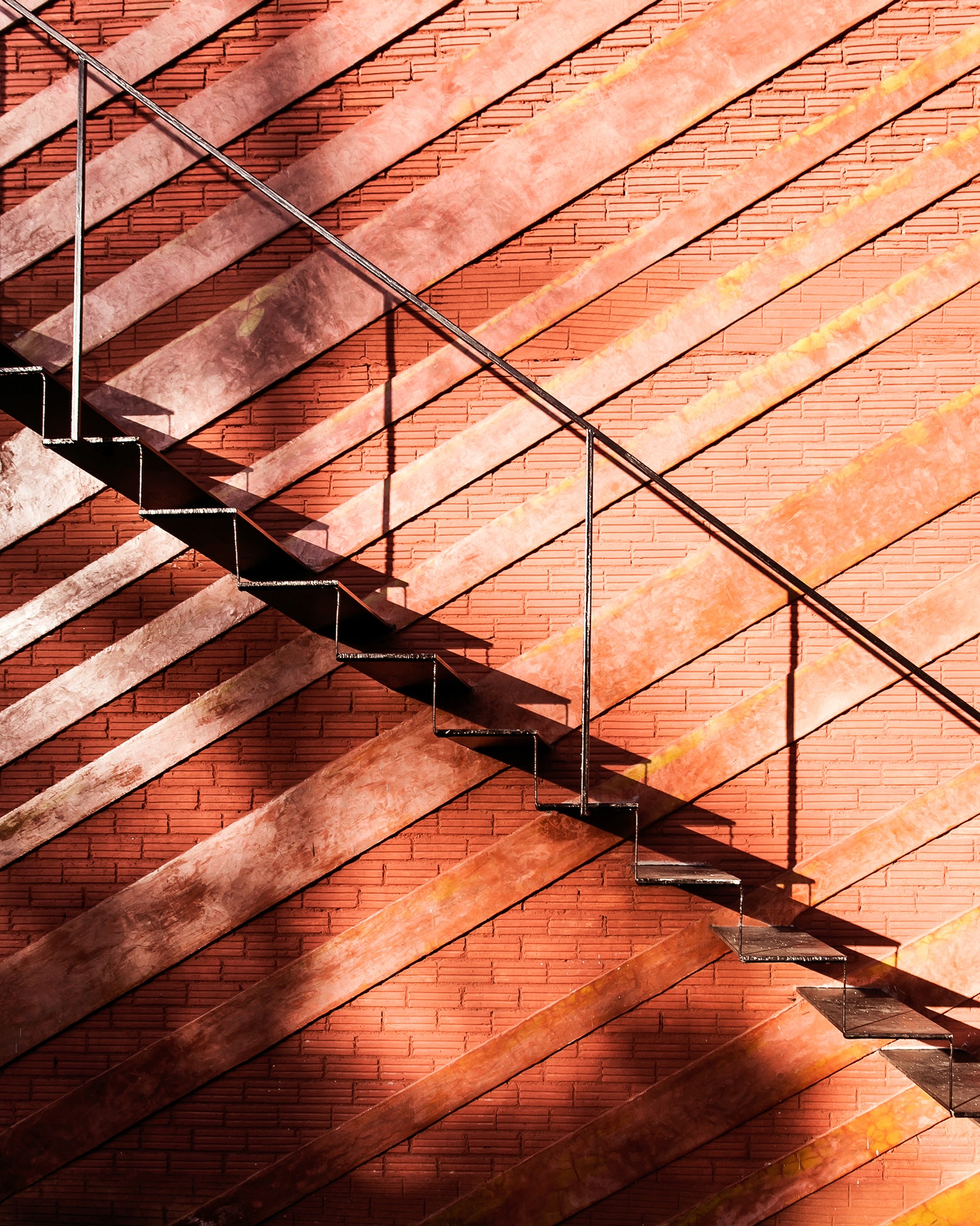 Somjai House by NPDA studio, Ko Pha-ngan District,Thailand
Somjai House by NPDA studio, Ko Pha-ngan District,Thailand
Somjai House is not only a retirement home for its owners, but also a space for the CocoNutNoom resort, where family, friends and guests can visit and relax. The design consists of multiple bedrooms, bathrooms, a large space for cooking and a multi-purpose hall. The shape of the smooth, flowing structure draws inspiration from the surrounding mountainous landscape, while the main color — vibrant red — was chosen to contrast the green of the coconut plantation and the blue of the sea.
Critically, brick and polished concrete were selected not only due to their cooling properties, but also to celebrate the expertise of local construction workers. The thin iron staircase also displays the skillful metal work of craftsmen in the district.
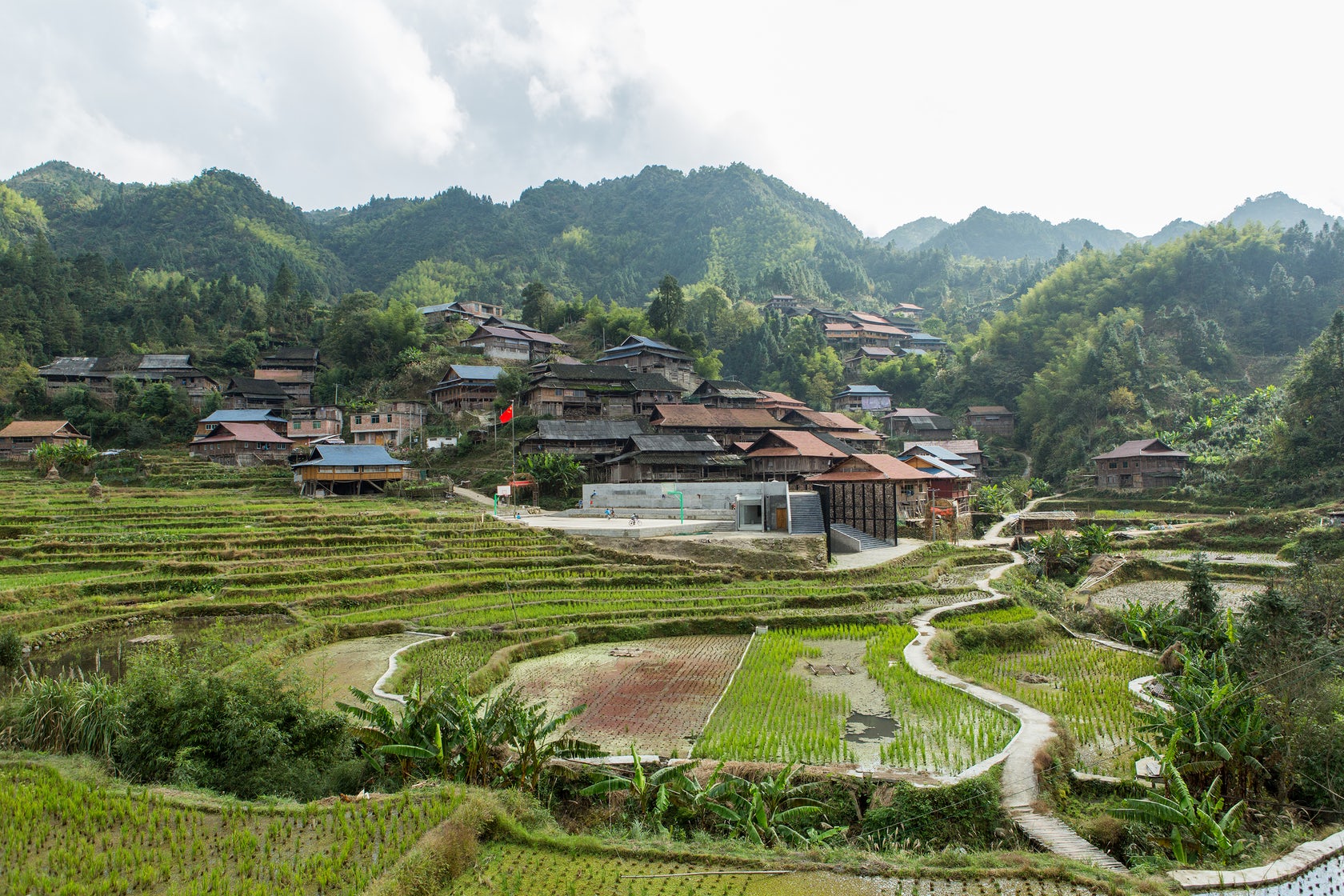
Popular Choice winner in the Concepts – Plus – Architecture + Humanitarianism category.
 Dabao Primary School and Community Cultural Centre by Project Mingde (The University of Hong Kong) – Elisabeth Lee, Guangxi, China
Dabao Primary School and Community Cultural Centre by Project Mingde (The University of Hong Kong) – Elisabeth Lee, Guangxi, China
Nestled among vast paddy fields in a remotely situated mountain range of Guangxi Province in China, the Dabao Primary School and Community Cultural Centre was built to satisfy the needs of 110 families that live in this isolated settlement.
Since bamboo is available in abundance in the area and has functioned as a common building material for centuries, the architects used it to create a façade that offers privacy and a protective barrier from the road outside, regulating the transmission of noise and daylight. Varying sizes of bamboo tubes respond to the different environmental demands of each room and their respective functions.
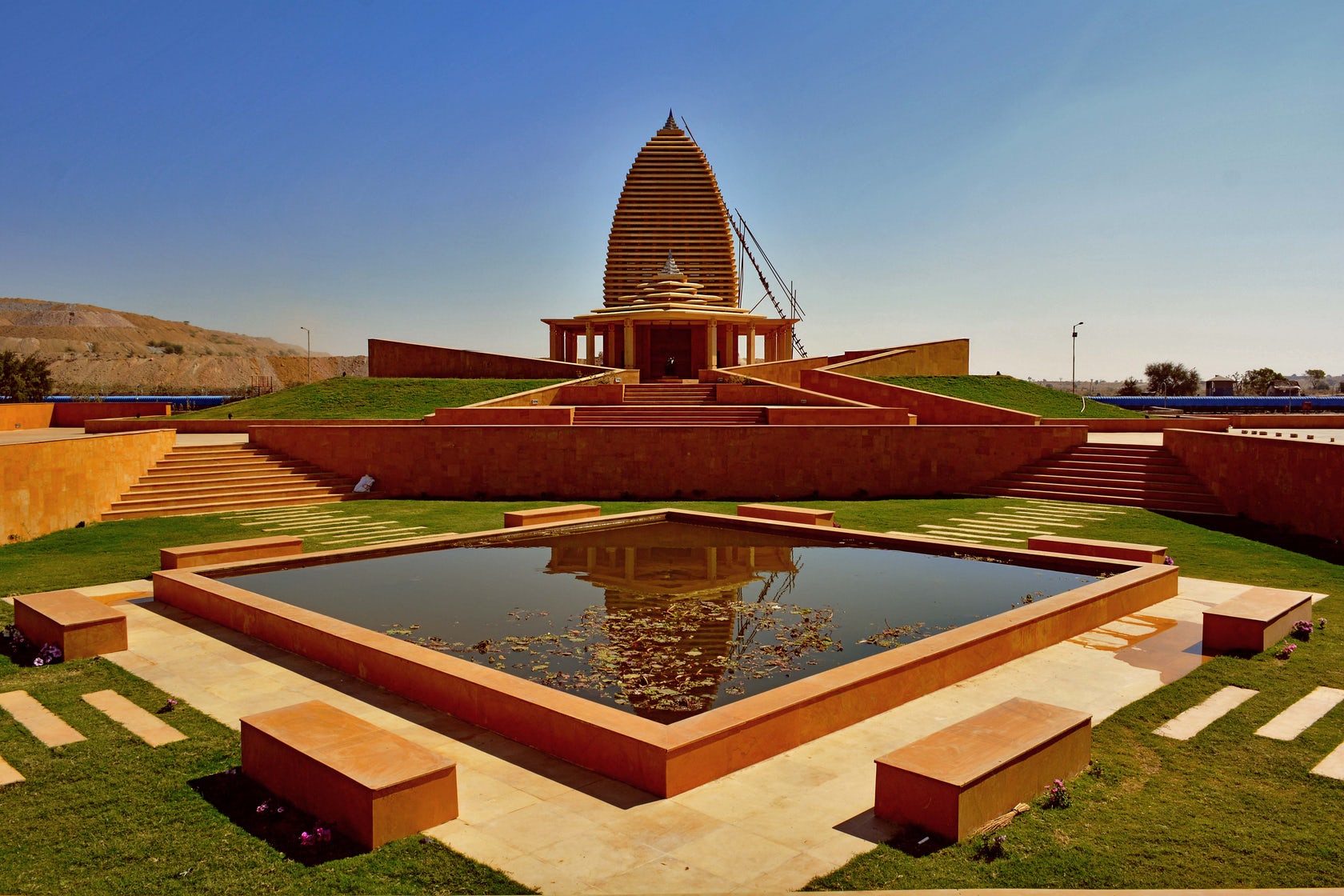
Jury Vote winner in the Details – Plus – Architecture + Stone category.
 Temple in Stone and Light by SpaceMatters, Barmer, India
Temple in Stone and Light by SpaceMatters, Barmer, India
Temple in Stone and Light by SpaceMatters provided a unique opportunity to explore contemporary interpretations of traditional typologies and building techniques. By harnessing stone masonry as the primary building material, the architects paid homage to the region’s building style while also providing novelty to the temple.
Using locally available Jaisalmer sandstone in a yellow hue, SpaceMatters designed a stunning interlocking program that would allow for light to flood into the space and contrast the heaviness of stone. In addition to the immense availability and quality of local stone, the pursuit of this design also acknowledges the depth of knowledge and traditional craftsmanship that is present in Rajasthan.
Check out these along with hundreds of this year’s amazing winning projects in Phaidon’s 2018 A+Awards publication: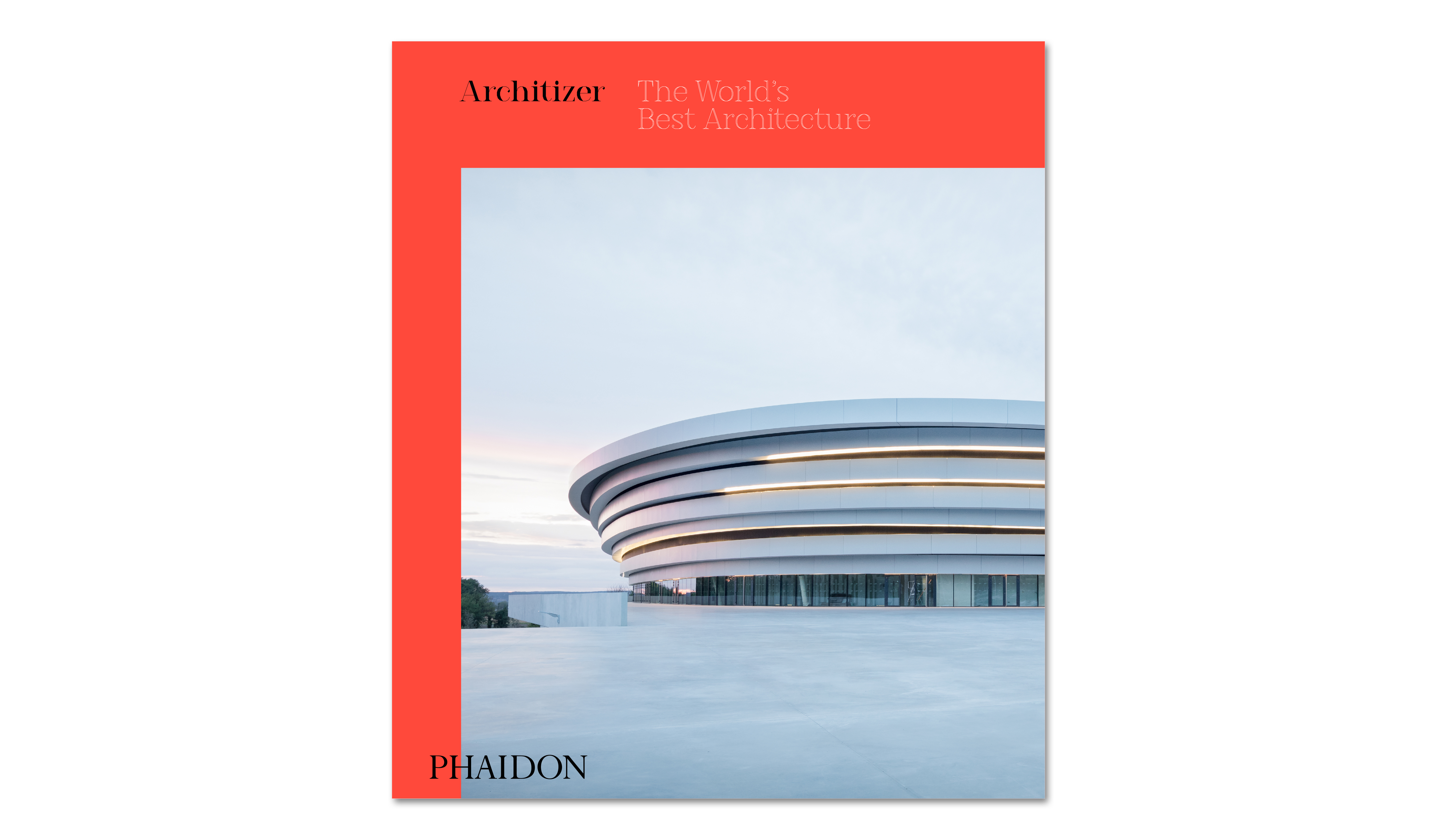
Preorder Architizer: The World’s Best Architecture




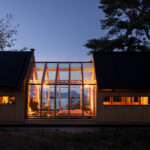
 Bamboo Sports Hall at Panyaden International School
Bamboo Sports Hall at Panyaden International School  Somjai House
Somjai House 